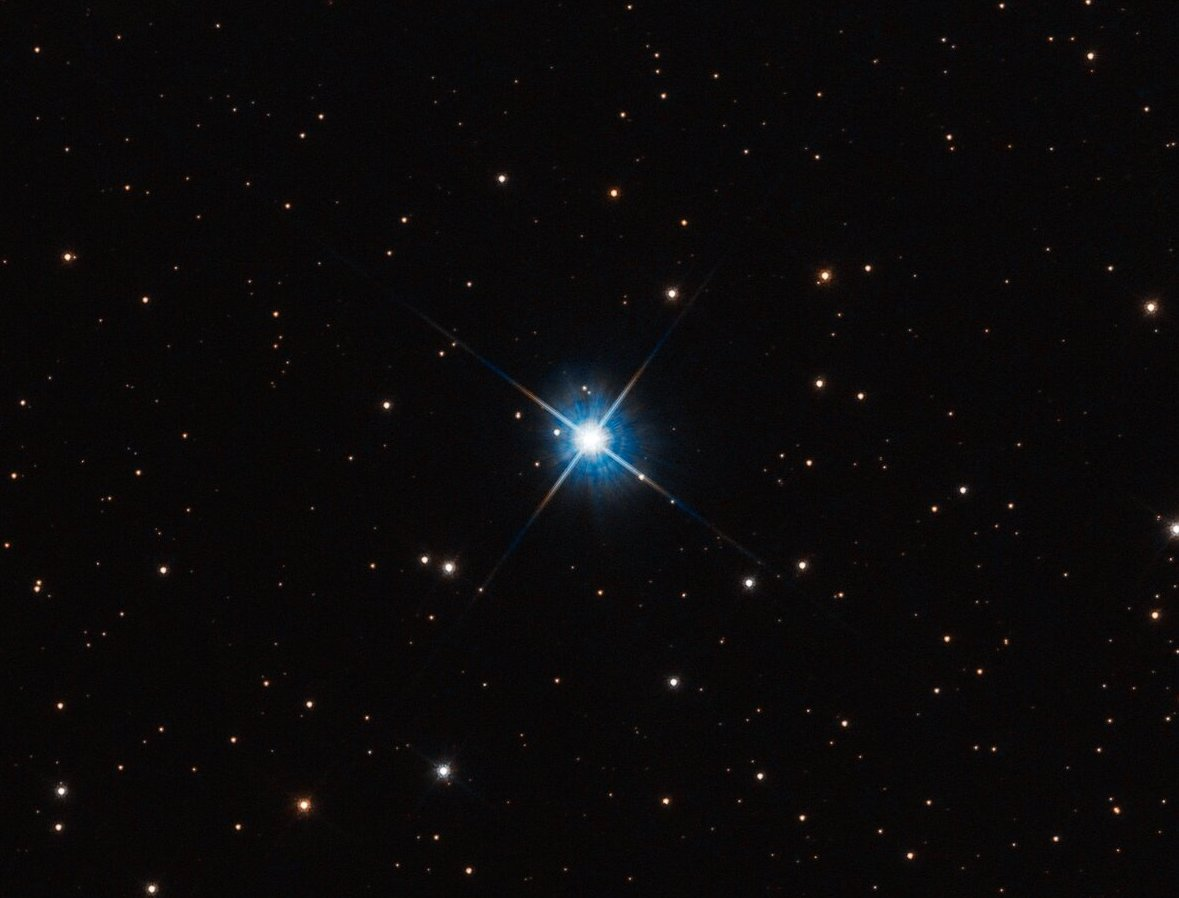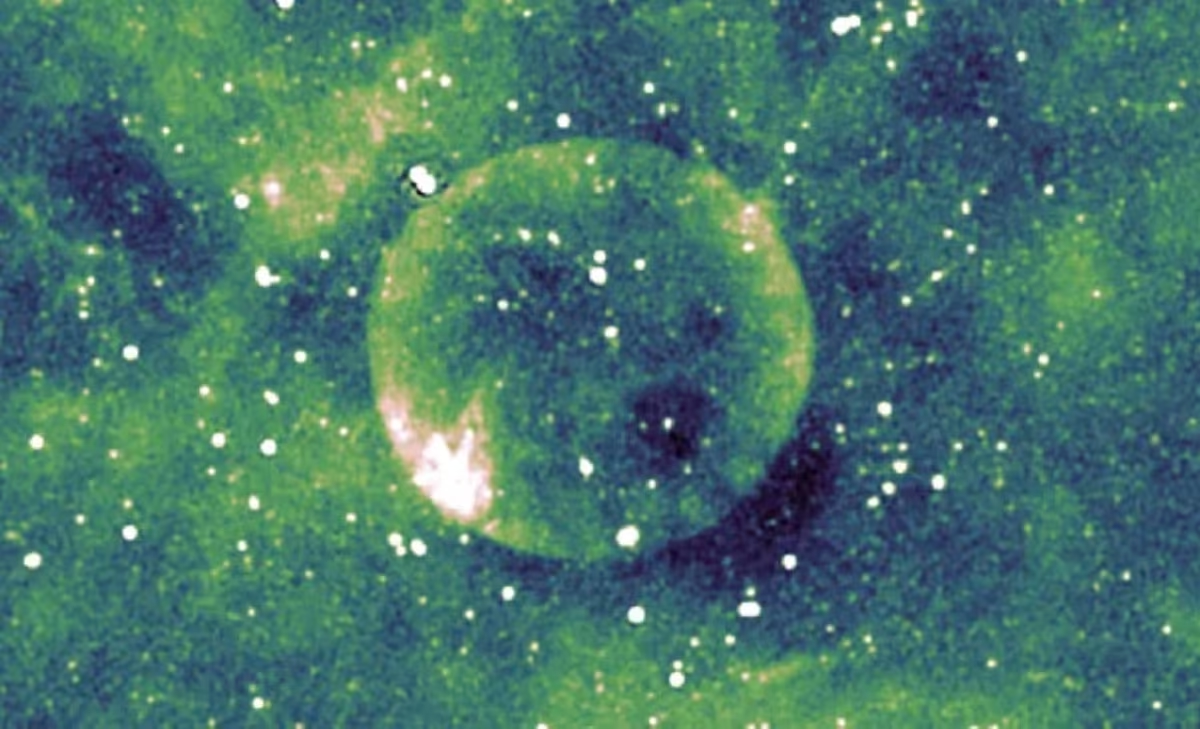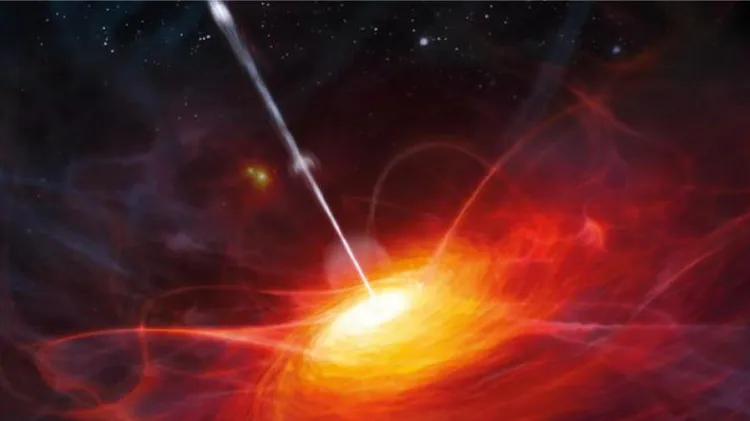Black holes, the mysterious remnants of massive stars, play a pivotal role in the evolution of stars and the cosmos itself. These dense regions of space, with gravitational forces so strong that not even light can escape, are formed when massive stars reach the end of their life cycle. The gravitational collapse of the star’s core leads to the formation of a black hole, with its immense gravity influencing nearby matter and light.
The process begins when a massive star depletes its nuclear fuel. Without the outward pressure of fusion, gravity causes the core to collapse. Depending on the mass of the star, this collapse can result in a supernova explosion, which may leave behind a black hole. The intense gravity of the black hole distorts space-time, and it can significantly affect the surrounding stellar material, leading to the accretion of nearby gas and even the formation of new stars.
Black holes also contribute to the distribution of elements across the universe. Supernovae, which precede black hole formation, scatter heavy elements like iron and gold throughout space, enriching the interstellar medium. These elements can later be incorporated into the next generation of stars, continuing the cycle of stellar evolution. Thus, black holes are not just the end of stars; they are a crucial part of the ongoing process that shapes galaxies and the universe at large.





